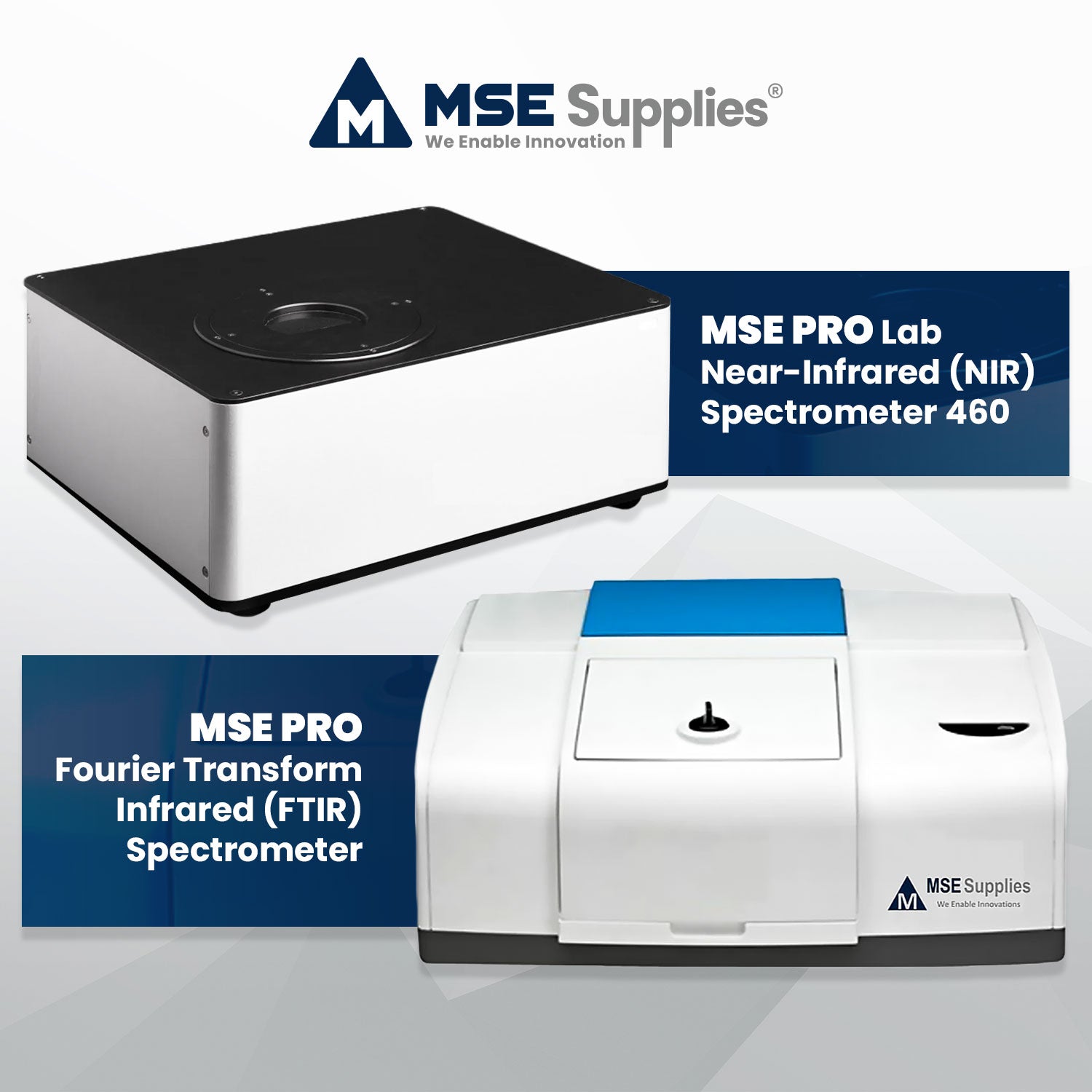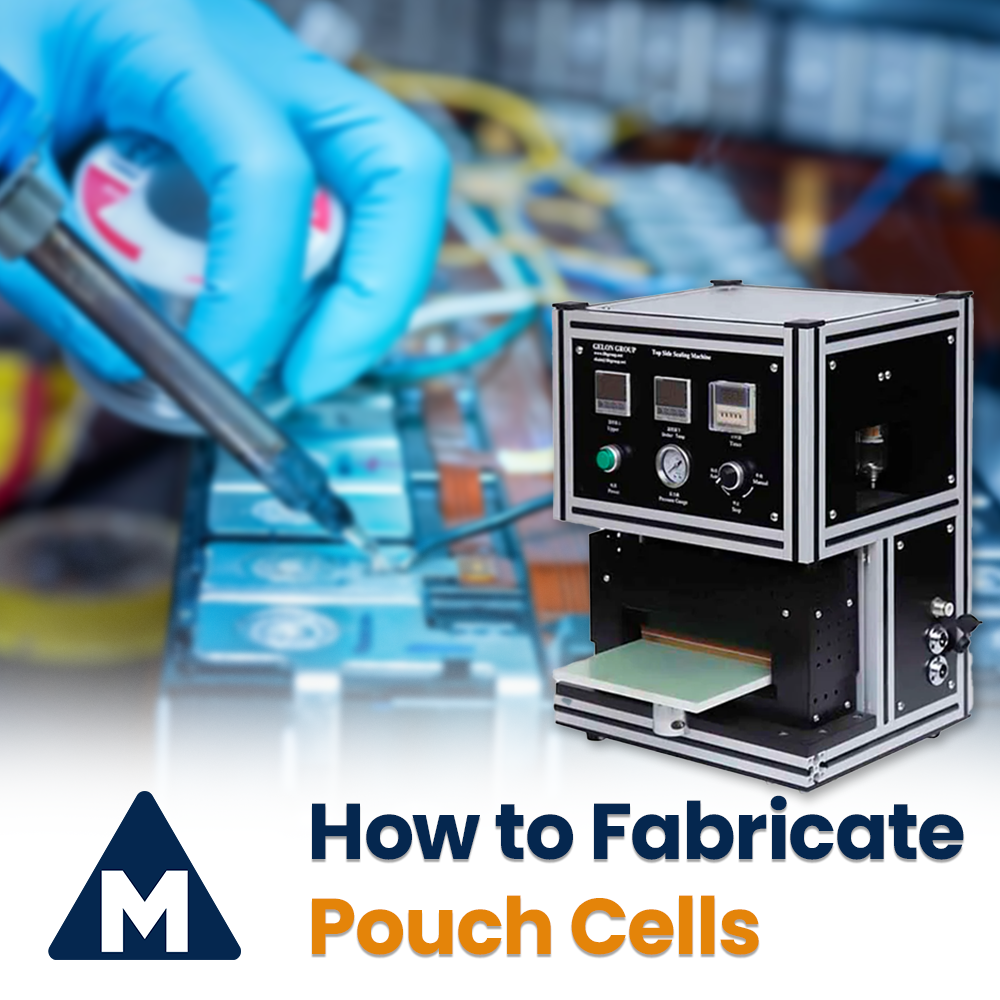Composite Cathodes
Posted by Chia-yu Chen on
Solid state electrolytes (SSEs) have attracted significant attentions. Compared to conventional liquid electrolytes for lithium-ion batteries, SSEs can eliminate most safety issues by avoiding the use of flammable organic chemicals.
One of the major challenges of SSEs is the high interfacial resistance. The interfacial contact between SSE and an electrode will be further deteriorated during the expansion and shrinkage of the electrode during cycling. To reduce the resistance, it is critical to create ionic conduction pathways between solid electrolytes and electrodes interface as well as reduce the stress at the interface caused by expansion during charging and discharging. Using composite cathodes is one of the interfacial modification techniques. Composite cathodes are composed of active materials, electronic conductive additives and ionic conductive fillers such as SSE which can provide ionic pathway.
Composite cathodes have a substantial influence on transport phenomena which can consequently affect electrochemical performance. However, composite cathode optimization is often overlooked.
All ceramic composite cathodes
All ceramic composite cathodes have higher safety, but it can lead to higher interfacial resistance due to their poor binding properties.
Ceramic solid electrolytes can further be categorized into two types: oxide-based and sulfide-based materials. Below are some applications for different types of composite cathodes and their performance.
|
Cell Configuration |
Composite Cathode |
Test condition |
Discharge capacity |
Note |
|
|
Li/LLZO/LCO |
LLZO+LCO + carbon |
3-4.05V at 80 |
118mAh/g (0.005C) |
Porous LLZO scaffold with solution infiltration |
[1] |
|
Li/LLZO/LCO |
LLZO+LCO + carbon |
2.4-3.6V at 50 |
117mAh/g (50 mA cm-2) |
Solid-state sintering |
[2] |
|
Li/LPSCL/LCO |
LCO+LPSCl+VGCF |
3.3-4.3V at R.T. |
110 mAh/g (64 µA/cm²) |
Cold press method |
[3] |
|
Li-In/LPSCL/NMC111 |
LNO-coated NCM111+ LPSCL+VGCF |
2.0-3.8V at R.T. |
140 mAh/g (0.13 mA/cm-2) |
|
[4] |
MSE Supplies offers various cathode materials and solid state electrolyte materials such as LLZO, LPSCL etc.
Semi-crystalline polymer
Using semi-crystalline polymer electrolytes as catholytes is a common strategy to formulate composite cathodes. The polymers can have a better interfacial contact and act as more effective binders than ceramics.
|
Cell Configuration |
Composite Cathode |
Test Condition |
Discharge capacity |
Note |
|
|
Li/PEO-LiTFSI + LLZO nanowires/ LFP |
LFP+ PEO-LiTFSI+ carbon black |
2.8-4.2V at 60 °C
|
158.8 mAh/g (0.5 C) |
|
[5] |
|
Li/PEO-LiClO4-LLZO/NMC 622 |
NMC 622+ super P+ PEO-LiClO4-LLZO |
at 55 °C |
166 mAh/g (0.02C) |
|
[6] |
|
Li/PEO-LiTFSI + LLZO / LFP |
LFP+PEO- LiTFSI+LLZO |
at 70 °C
|
143 mAh/g (0.5C) |
|
[7] |
|
Li/ P(VDF-HFP) - LiTFSI LLZTO/ NMC523 |
NCM523, PVDF, Super P, LiTFSI and SCN |
2.5-4.3 V at 25 °C |
146.9 mAh/g (0.1C) |
SCN can improve ion conductivity; PVDF provides mechanical stability |
[8] |
MSE Supplies also offers materials for fabricating semi-crystalline polymer composite cathode.



|
Polyethylene Oxide |
dissolved in N-methyl-2-pyrrolidone (NMP) |
commonly used as Li-ion source in electrolyte |
MSE Supplies (msesupplies.com) is a major global supplier of battery materials. Both standard and customized products are available from MSE Supplies. If you need something not listed on our website, please email us at sales@msesupplies.com and we will prepare a quote for the customized products for you. If you have any questions, please email us at tech@msesupplies.com.
Reference
- Kim, K.J. and J.L.M. Rupp, All ceramic cathode composite design and manufacturing towards low interfacial resistance for garnet-based solid-state lithium batteries. Energy & Environmental Science, 2020. 13: p. 4930.
- Tsai, C.-L., et al., A garnet structure-based all-solid-state Li battery without interface modification: resolving incompatibility issues on positive electrodes. Sustainalbe Energy& Fuels, 2019(1).
- Boulineau, S., et al., Mechanochemical synthesis of Li-argyrodite Li6PS5X (X = Cl, Br, I) as sulfur-based solid electrolytes for all solid state batteries application. Solid State Ionics, 2012. 221: p. 1-5.
- Rosero-Navarro, N.C., A. Miura, and K. Tadanaga, Composite cathode prepared by argyrodite precursor solution assisted by dispersant agents for bulk-type all-solid-state batteries. Journal of Power Sources, 2018. 396: p. 33-40.
- Wan, Z., et al., Low Resistance–Integrated All-Solid-State Battery Achieved by Li7La3Zr2O12 Nanowire Upgrading Polyethylene Oxide (PEO) Composite Electrolyte and PEO Cathode Binder. Adv. Funct. Mater, 2019. 29: p. 1805301.
- Choi, J.-H., et al., Enhancement of ionic conductivity of composite membranes for all-solid-state lithium rechargeable batteries incorporating tetragonal Li7La3Zr2O12 into a polyethylene oxide matrix. Journal of Power Sources, 2015. 274: p. 458-463.
- Martinez, A.I.P., et al., The Cathode Composition, A Key Player in the Success of Li-Metal Solid-State Batteries. J. Phys. Chem. C, 2019. 6(123): p. 3270–3278.
- Zhang, B., et al., Solid-state lithium metal batteries enabled with high loading composite cathode materials and ceramic-based composite electrolytes. Journal of Power Sources, 2019. 442(227230).
Share this post
- Tags: Brands - Ampecera, Brands - MSE PRO, Industry - Lithium Battery & Renewable Energy, Products - Lithium Battery Materials & Tools



